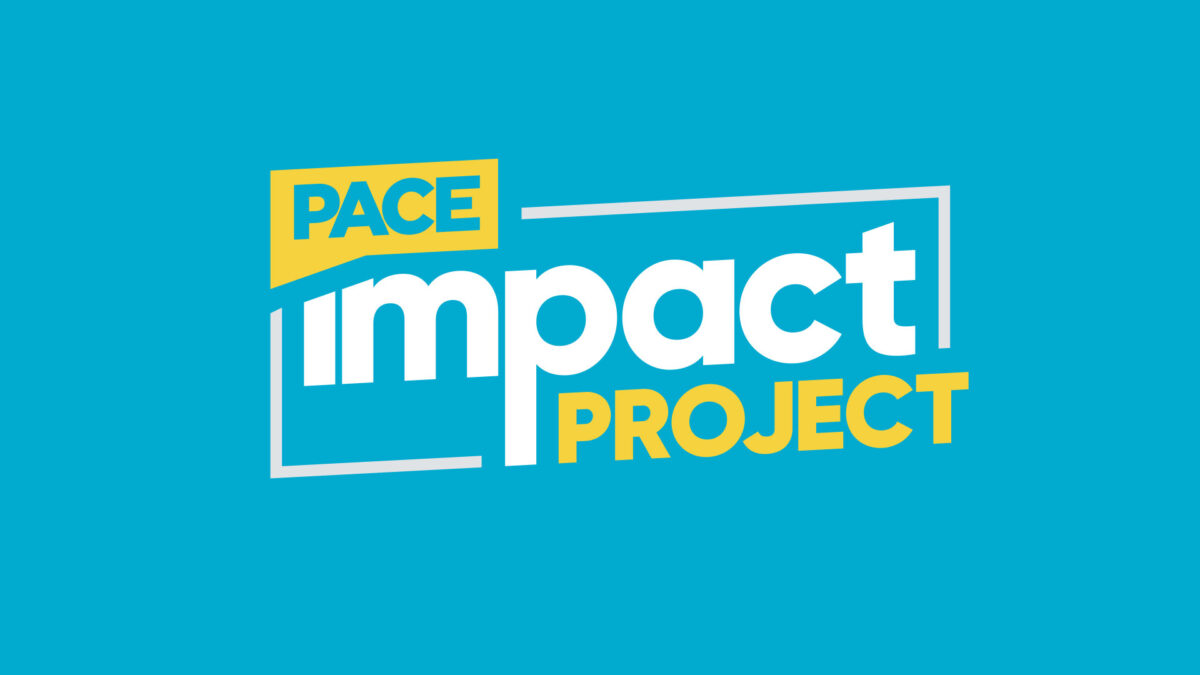The future is no longer coming. The future is here now. Things that were only seen in science fiction are now possible from the comfort of your own home or on the go thanks to smart speakers, mobile phones and virtual assistants.
When I was a child, I would have to look for a phone book, find the name of the business in the yellow pages (yes, they were actually yellow) and then call the business to find out things like business hours or what was the nearest location to me if there were multiple options. The process got less involved as I got older and the internet became more accessible. And now it’s even easier. I just say “Alexa, when does Target open?” or “Hey Google, what’s the best way to get to XYZ restaurant?” and then sit back and listen.
As technology evolves, so does the way we search and so does voice search SEO.
HOW DOES VOICE SEARCH WORK?
While the way search is conducted has changed, the root of it all hasn’t changed. The same cannot be said for SEO, as there are some shifts in best practices of voice search SEO as compared to traditional SEO.
No matter if you search by typing or by voice, you are still asking a question.
Every good quest for information stems from the five W’s (plus one H): Who? What? When? Where? Why? How? Voice search queries operate even more so under this principle than traditional search on desktop and mobile.
Given that searchers aren’t able to type specific keywords into a search engine, queries in voice search are typically longer and in a more natural voice. The typical query in a voice search looks like “What is the population of Greensboro, North Carolina?” versus “Greensboro North Carolina population” when typed into the search bar.
In addition to questions, there is another layer to voice search that hits closer to home – location. Voice search really pulls on the location of the searcher, with typical queries being things like “What time does the grocery store close?” When you ask Google this question, it will show you a list of grocery stores near you and their hours of operations. In order to show up in this query, you need to make sure you follow the best practices of voice search SEO.
OPTIMIZING FOR VOICE SEARCH SEO
Voice search SEO relies on concepts similar to traditional SEO. In order to have your results selected as the response to a voice search, there are a few best practices to remember.
- Long-tail keywords are key
- Structed data and Schema.org provide clear answers
- Relevant content that answers the searcher’s intent
- Flow of the article
Long-tail keywords are key
Long-tail keywords are defined as being three or more words. A good example of this is “dark chocolate candy bar” versus “candy” or “candy bar.”
Long-tail keywords give you the best chance at ranking since there are fewer searches for any given term compared to head terms. While this concept is not unique to voice search, it is equally as important to voice search SEO as it is to traditional search. This is especially true given the nature of voice search queries being in the form of questions.
Structured data and Schema.org provide clear answers
The use of structured data is critical to helping search engines understand your content. The most common usage is Schema.org. Using that foundation can help you tag things like your location’s address, hours of operation, phone number, email address and more. These are great for obtaining position zero in traditional SERPs, but even more important for voice search SEO. Typically, the response provided is derived from the structured data within the content.
Relevant content that answers the searcher’s intent
The relevance of the content as it relates to the searcher’s intent is as important in voice search SEO as it is in traditional SEO. If the results are not applicable to what searchers are seeking, then they will immediately go back and try the next result or refine their query to find the answer they are seeking.
Flow of the article
How the article is laid out matters as well. In order to follow best practices for voice search SEO, it’s important to make sure that the title of the article matches the question or query used in the search. In addition, the use of H2s to outline the steps involved in the answer is critical to your content being picked up in voice search results as well as rich snippets in traditional search.
SUMMARY
Voice search SEO is becoming even more important as the use of smart speakers and virtual assistants continues to grow. In order to have your content selected as the result of a voice query, it’s important to follow the best practices of voice search SEO:
- Use of natural voice and questions
- Long-tail keywords rather than head terms
- Structured data like Schema.org
- Relevant content that matches the intent of the search
- Flow of article



